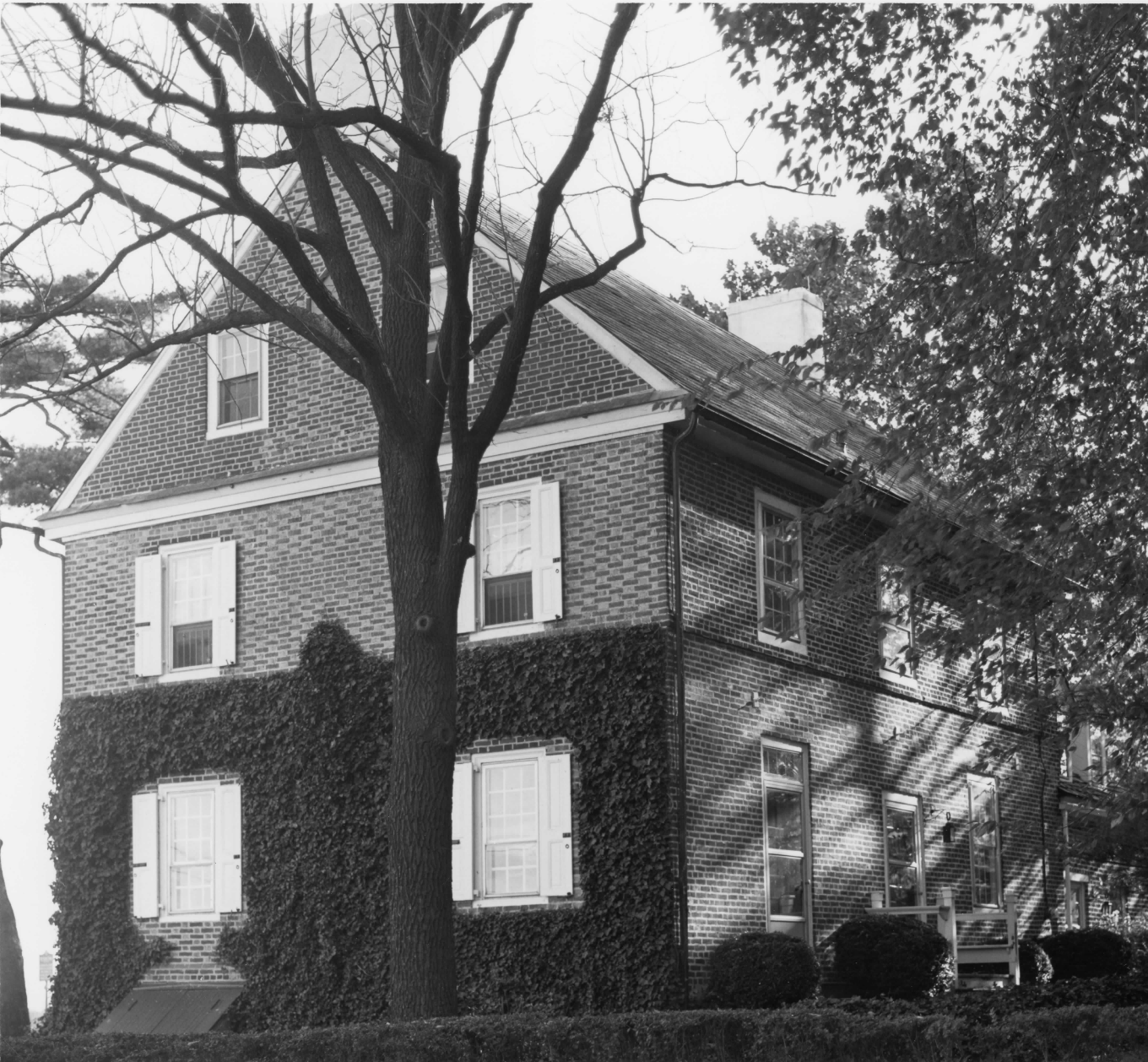Ghosts in the House
Welcome to another installment of Spooky Season, where I explore open access primary sources about Halloween-adjacent topics. Today’s entry is Haunted Houses.
In my last post, we looked at Victorian Spiritualism, whose practitioners took some comfort in the idea of contacting the dead. In the case of haunted houses, the idea of ghosts goes from comforting to terrifying. It is interesting to note that these two extremes co-existed during the late Victorian era, though haunted houses long predate that time.
When you picture a haunted house, you probably picture the dilapidated Queen Anne revival Victorian mansion that prevails in the popular imagination. This style of house represented wealth and opulence beginning in the 1880s. When the excess the houses represented went out of style, and the houses fell into disrepair, they took on the role of “haunted house” in pop culture.
But the idea of ghosts goes at least back to the Egyptians. Looking for open access primary source evidence of haunted houses, I found references in Colonial American newspapers.
Check out this article from the Virginia Gazette on April 1, 1737.
Transcription: For some Days past, a Report has prevail’d among the Populace, that a House near Artillery-lane in Bishopsgate-Street was haunted, and that the Plates, &c. were intensibly thrown off the Shelves, and their Furniture turn’d topsy-turvy; which excited the Curiosity of a credible Tradesman in that Neighborhood, not inclined to believe those Romantick Tales, to satisfy himself of the Truth thereof. He accordingly went to the House, where he saw something so very odd, that he return’d home in a very great Fright, and remain’d speechless for some Time, since which he has continued raving mad, without any Fevver, notwithstanding the utmost Endeavours of Dr. Turner, an eminent Physician.
Fast forward to the Bourbon News (Millersburg, KY) on March 27, 1883, where we get this gem on the same page with 2 other articles claiming houses to be haunted.
“There was a day when haunted houses would draw, but there is not a newsboy in Lexington who would walk a square to see the worst haunted house in the United States. If you have a genuine ghost, trot it out and show some journalistic enterprise.”
So, at this point are haunted houses au passant? Or (given the other articles on the page) is the author of this just too cool for haunted houses? Methinks it's the latter.
And again in Kentucky, this time in the February 1, 1911 edition of the Hartford Herald (*Note that this article contains racist language, as would have been common in the place and time period. We don’t truck with that nonsense here.), we see an article with the tagline "Reminiscences of old days when ‘haunted houses’ were common,” in which the subject remembers a story from 65 years prior, which would be about 1846. That squares with the 1883 article claiming they are no longer a draw. Though I still think that one sounds like a generational conflict.
In any case, clearly the concept of the haunted house long pre-dates the Victorian Queen Anne Revival house, let alone the style losing popularity and the houses becoming dilapidated enough to feel “haunted.”
Going beyond newspaper reports, the National Register of Historic Places and National Historic Landmarks Program Records include several haunted properties. The nomination form for New Jersey’s Seven Stars Tavern mentions three stories of hauntings (see PDF page 5).
Seven Stars Tavern, Salem County, NJ
Similarly, from Vermont’s William Hayden House (PDF page 5): “To this day, it is said that the house is haunted by the Hayden ancestors.” And another, this time regarding the Howell House in Escondido, California (PDF page 4): “...people thought the house was haunted, for people claimed they heard things when they went by the outside.”
It’s fun to see these historic instances of humanity’s long-standing belief in ghosts and hauntings. Join me next time for a fast forward to more modern history when we take a peak into the FBI Vault.


